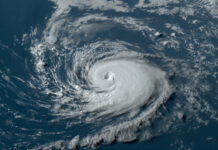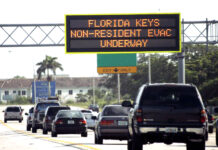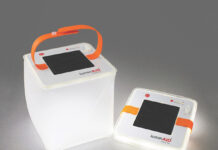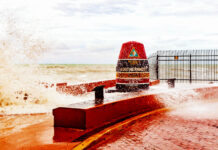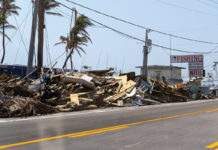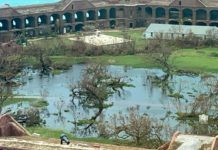On May 23, the same day the National Oceanic and Atmospheric Administration released its 2019 hurricane forecast, the director of the National Hurricane Center, Kenneth Graham, was visiting the Keys. Every year, the Key West and Florida Keys Lodging Association invites dignitaries to address the tourism industry about hurricanes. Held at Marathon City Hall, the seminar also included remarks from the National Weather Service’s Chip Kasper from the Key West office, and Monroe County Emergency Management Director Martin Senterfitt. Here are a few interesting facts to take into consideration the next time it blows:
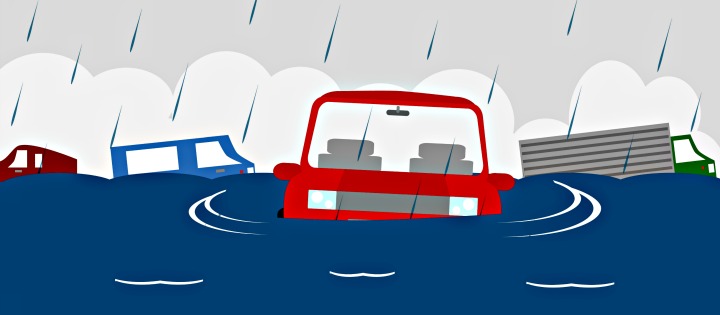
- It’s the water — not the wind — that kills. And, about half the deaths took place in motor vehicles. It’s suspected that some evacuees waited until too late to leave, and then tried to drive in dangerous conditions. Unfortunately, the elderly are usually the victims of direct storm fatalities. But indirect fatalities — those that happen after the storm — exceed direct fatalities. Cardiac arrest is the biggest culprit in after-the-storm deaths.

- In the past 10 years, 175 people in the U.S. have been killed by Category 1 storms. Yep, Category 1; don’t dismiss any storm.
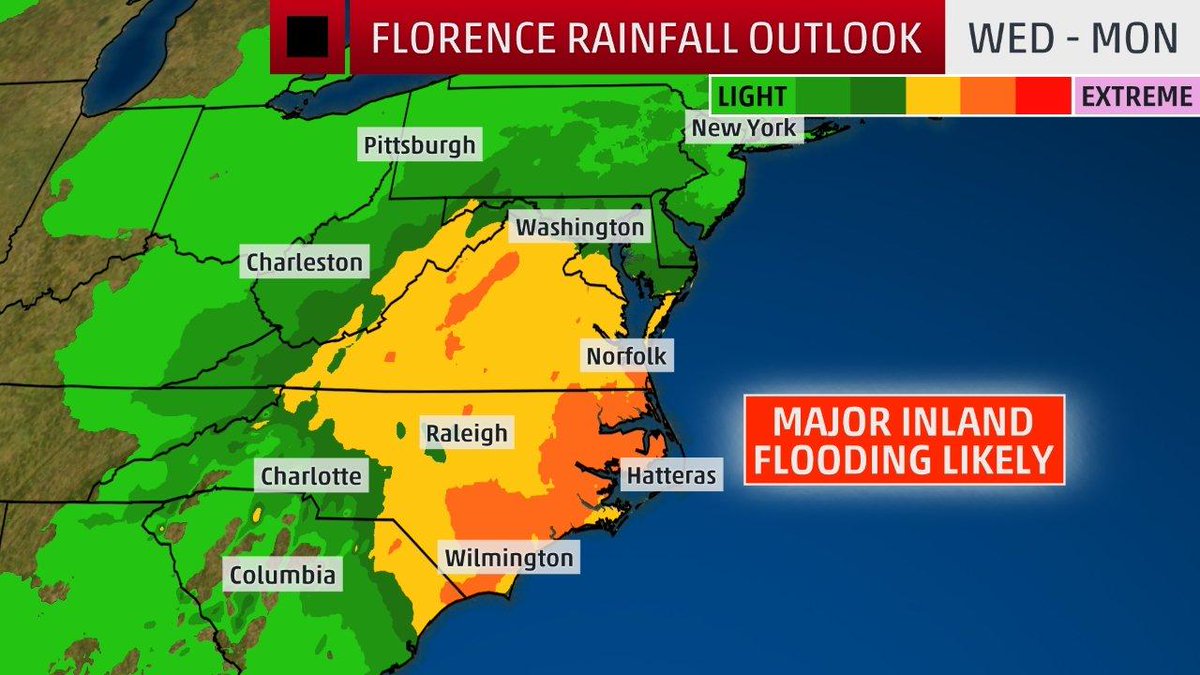
- The highest storm surge in Hurricane Florence (Carolinas, 2018) occurred 100 miles inland. Coastal areas are not the only ones that need to be on alert.
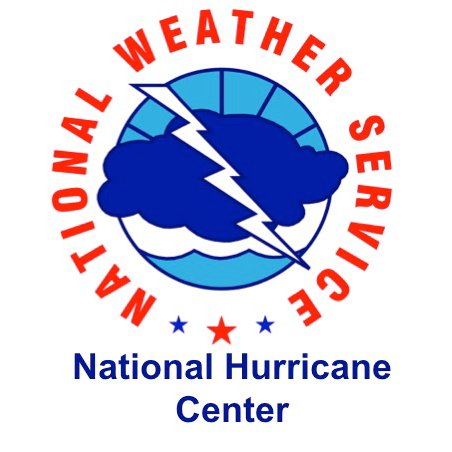
- The National Hurricane Center is the most trusted source for hurricane information. Consider this: in 2018, in the 12 days before Hurricane Florence made landfall, the center’s website had 739 million hits. During last year’s hurricane season, 32 million new, or “unique,” devices logged on to the site. Avoid “weather-tainment,” said Chip Kasper of the NWS’s office in Key West.
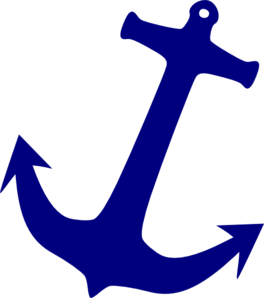
- Meteorologists use the term “anchoring” for people who latch onto the first piece of storm information and then refuse to change their position despite changes to the storm. In fact, NHC Director Kenneth Graham said NOAA is actively recruiting meteorologists who also understand behavioral science so the service can better motivate consumers to act appropriately.

- Graham said that in 2019, he’s emphasizing rapidly intensifying storms and storms that speed up. Of the four Category 5 storms that have made landfall in the U.S. — Labor Day, Camille, Michael and Andrew — all were tropical storms three days out before they became monsters. “There’s a misconception that this big, strong storm will have major lead time, and they don’t,” he said. Graham advised officials, business leaders and residents to practice fast evacuations.
Monroe County has rolled out a new alert system, useful during hurricane season. Alert! Monroe is a free emergency alert system for Monroe County residents to receive alerts on cell phones, by text, email, or landlines. To sign up, visit www.monroecounty-fl.gov/alertmonroe.
















